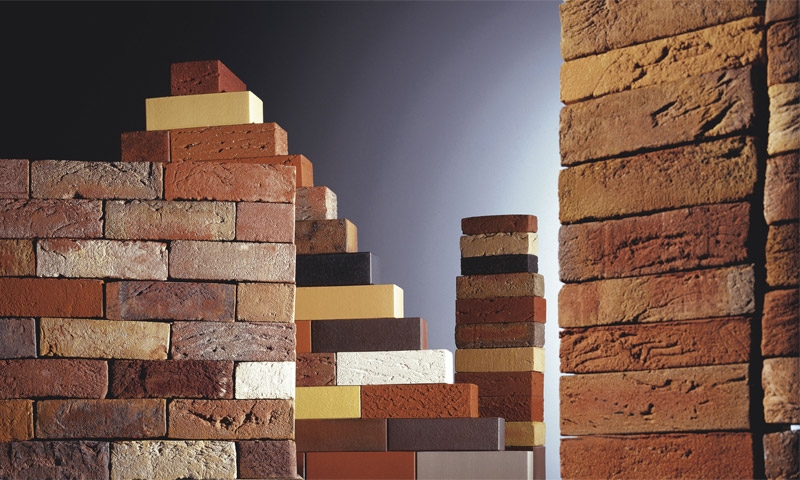Brick or gas blocks: choosing a material for construction
The modern market offers a wide range of construction masonry materials. Each of them has its pros and cons, is more acceptable depending on the features of the object being built, the type of work performed, the operating conditions of the structure and many other factors. Our article will talk about the choice between brick and gas blocks - one of the oldest masonry materials and a relatively new product of technological progress.
Here we will highlight the key features of each of the building materials, their advantages and disadvantages. If you have additional questions about the difference between aerated concrete blocks and bricks, you can always contact the specialists of the company "Arton". With them you can also discuss the conditions of wholesale of aerated concrete in Tashkent and other settlements of Uzbekistan.
Comparison by external features
The first criterion that we suggest to take into account when choosing between bricks and aerated blocks is the appearance of the finished product. This indicator is based on the production technology of each material. The extent to which the masonry brick or aerated concrete blocks meet the established standards, you can determine by the appearance of the product.
So, if we are talking about "classic", preference should be given to bricks of bright orange color. When hitting the surface with a hard object, a ringing sound should be heard. Yellowish tint and muffled sound indicate that the material does not meet the established standards of strength, wear resistance and frost resistance. Exceptions in this case are only special varieties (for example, chamotte and clinker bricks).
As for gas blocks, there are practically no pitfalls. It is enough to make a measurement of several units and compare them with the standards. Also, if possible, it is recommended to assess the size of the pores. Pores from 1 to 3 mm are considered normal. Moreover, the higher the quality of aerated concrete, the closer in size are its pores.
Technical characteristics
In this paragraph we will compare bricks and aerated blocks on the main parameters, which are size, weight and strength. It is from them depends on a number of properties that play an important role in construction work. We are talking about the pace of construction, the reliability of the foundation and the floor of the building. In addition, these technical characteristics are directly related to material costs. Delivery and laying costs depend on the weight and size. As for durability, the longer the building will stand without repair, the more money the owner will save.
Next, let's compare aerated concrete blocks and bricks on the specified technical parameters. Let's start with the compressive strength. For building full-body brick, depending on the brand, this indicator is from 100 to 150 kg / cm2, for aerated concrete blocks - from 25 to 70 kg / cm2. This means that bricks can be used in the construction of buildings up to five floors (with the use of reinforced concrete slabs - up to 10 floors). Gas blocks are used in the construction of low-rise buildings (up to 3 floors).
Thus, in terms of strength brick wins. However, this "win" concerns only multi-storey buildings. In low-rise construction, most builders prefer aerated concrete. This material is superior to brick in terms of thermal conductivity, noise absorption and water permeability. It is more environmentally friendly. In addition, transportation and masonry work with aerated concrete blocks are less costly than brick, both in terms of material and physical strength.
As for weight and size, here the aerated concrete blocks have a significant superiority. The mass of one cubic meter of finished aerated concrete masonry is from 500 to 700 kg, and brick - from 1800 to 2000 kg. Even with hollow bricks, the weight of aerated concrete is approximately half as much. For this reason, not only is the working process simplified, but also the cost of the foundation and supporting structures is reduced. As a rule, in buildings made of aerated concrete on fixed soils, a columnar or shallow-deposited strip foundation is used.
In brick buildings, massive strip foundations or monolithic slabs are practiced. Naturally, this feature is reflected in the increased cost of material and physical resources. Speaking of weight, it is also worth mentioning the issue of transportation. It is not difficult to guess that when the weight is reduced and the volume is the same, transportation costs are reduced (saving fuel and energy resources).
The situation is similar with dimensions. Let's compare the two most common standards - 250×120×65 (brick) and 600×200×400 mm (aerated concrete block). When recalculated in pieces per 1 m2 we get 145 bricks against 9 gas blocks. This reduces not only the time for masonry work, but also the cost of mortar to fill the joints.
Detailed information about these and other differences between brick and aerated concrete blocks you can clarify with consultants of our company. To do this, please use any contact phone number or order a call from a specialist.
